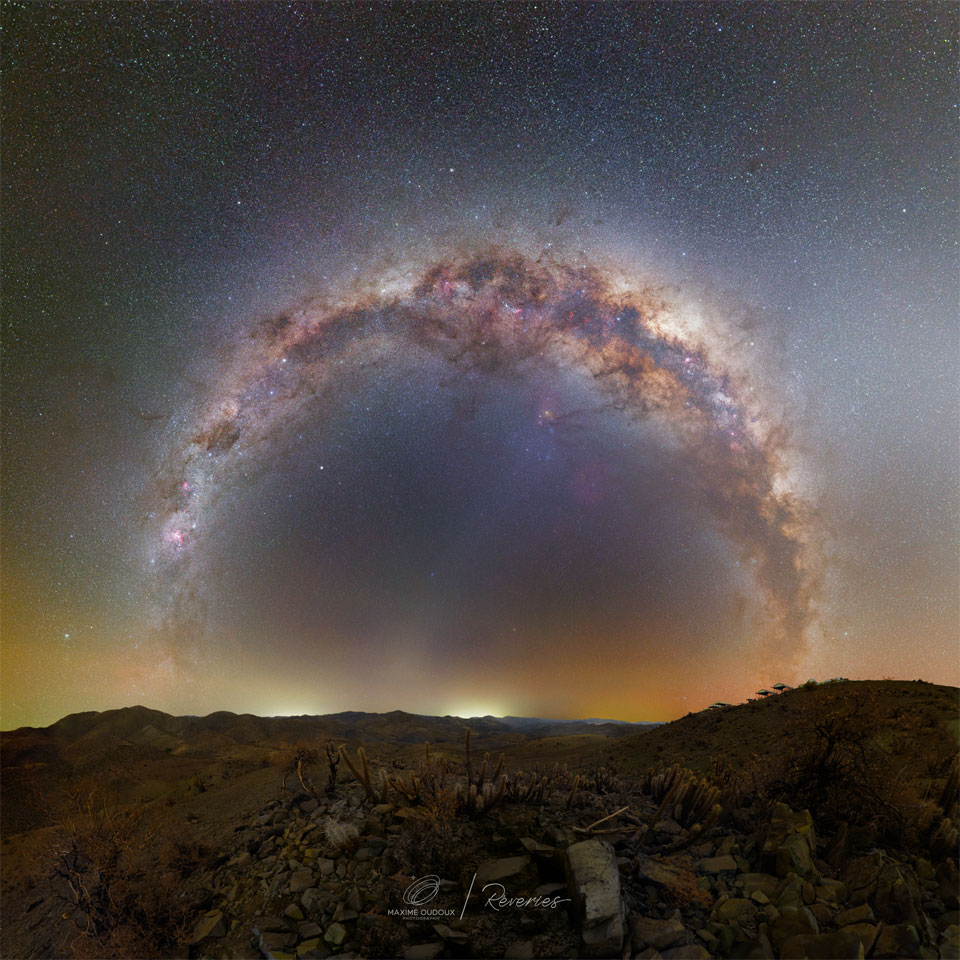拉帕尔马天文台上空的银河
2023年7月18日 Milky Way above La Palma Observatory Image Credit & Copyright: Marcin Rosadziński Explanation: What’s happening in the night sky? To help find out, telescopes all over the globe will be pointing into deep space. Investigations will include trying to understand the early univers […]










